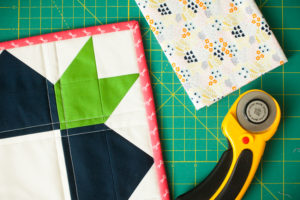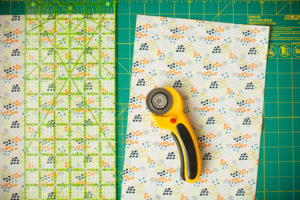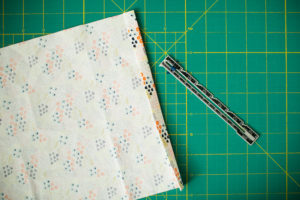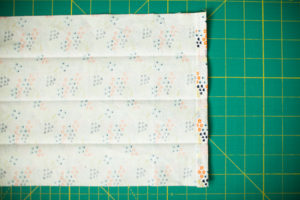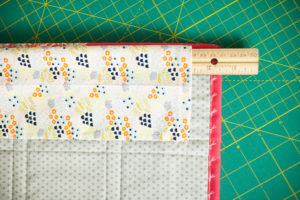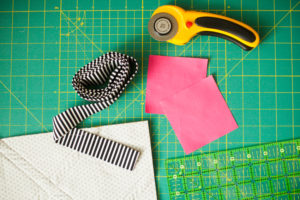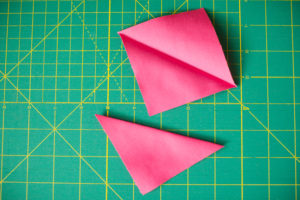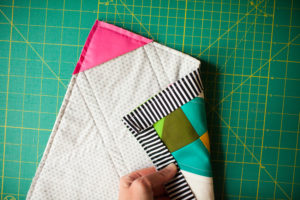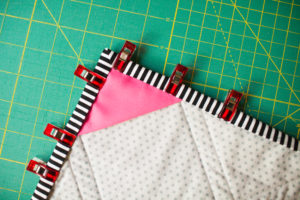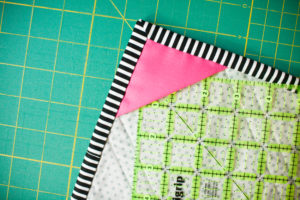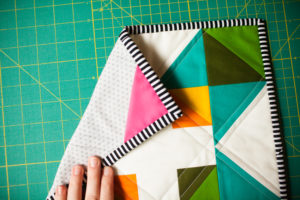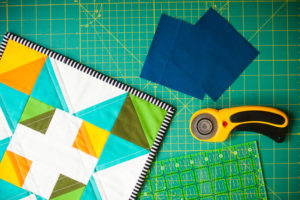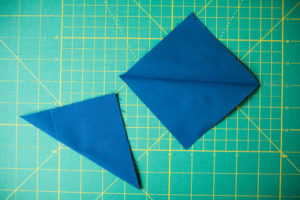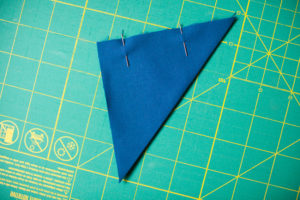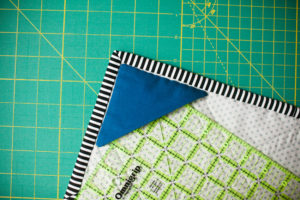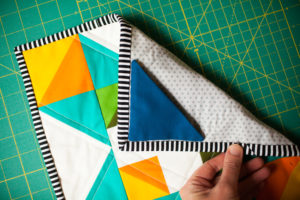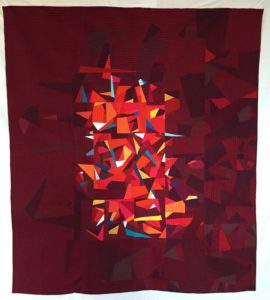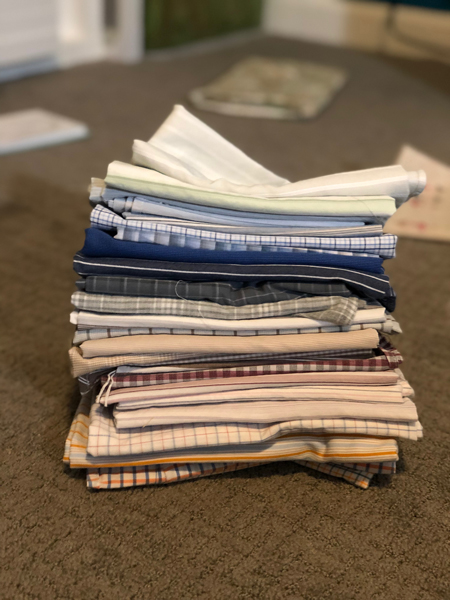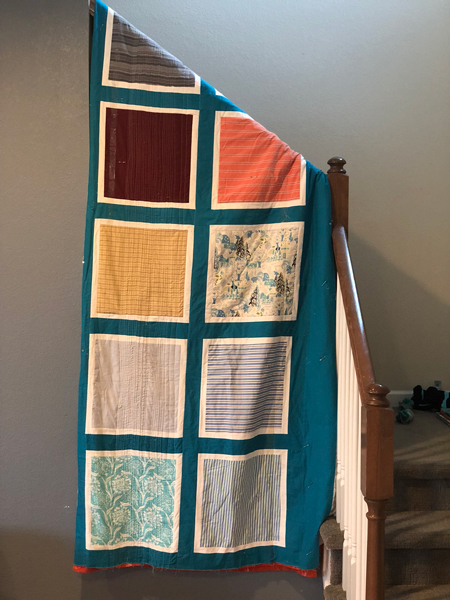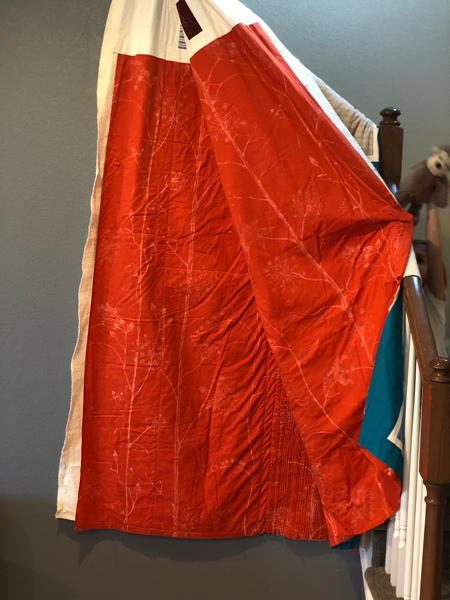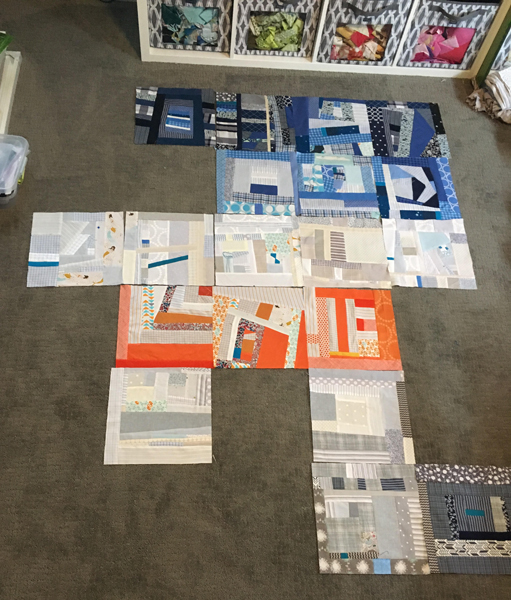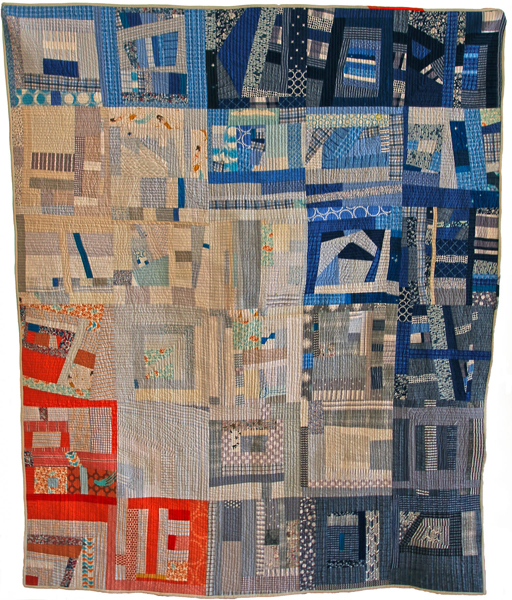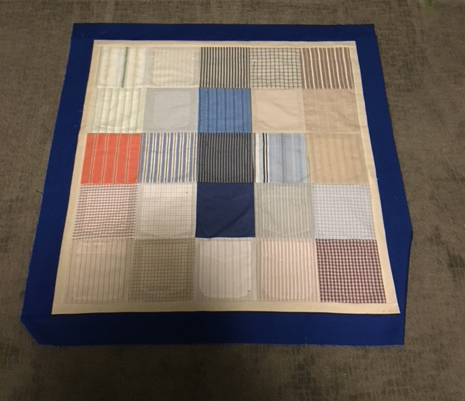By Shelly Sommer
One of most sustainable ways to quilt is to pull fabric from the waste stream for your projects. Reclaiming fabrics gives them a second life, saving them from the landfill and making new use of the energy and resources already embodied in the material. It also gives you unique materials to play with and saves you cash. Are you interested in trying out some reclaimed fabric in your projects? Try browsing through some of these insider tips to get started.
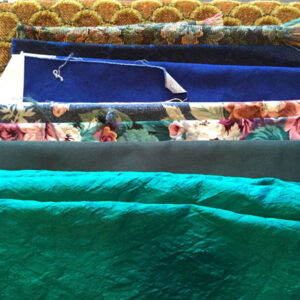
Thrift Stores
Chain thrift stores are the easiest, most reliable places to find clothing you can convert into quilting fabric. They not only have gazillions of items to choose from, they always have certain types of garments that convert easily into quilting material, like men’s shirts and jeans. Smaller, independent thrift shops generally have less selection but may support a cause close to your heart—they can (sometimes) also be better curated. You’re bound to find something suitable for your project at a thrift shop. Some serendipity is still involved, though – you need an open mind and a little luck.
- To make the best decisions, be prepared. Take a list of projects, and bring swatches if you’re trying to coordinate with fabric you already have. The hunt is half the fun, but knowing the parameters for what you want can help you sort through the welter of choice.
- Look for sale days. Most thrift store chains have occasional half price days, which mean you pay a lot less for 6 yards’ worth of blue cotton shirts.
- Ease into reclaiming fabric by starting with men’s button-down shirts. Most are made from high-quality woven cotton that behaves like quilting cotton but has a softer feel. Men’s shirts have no darts to contend with and come with lots of fabric in the backs and sleeves. You’ll get 1-2 yards of fabric from each shirt, depending on its size and cut. They come in gorgeous solids, often with a slight shot cotton appearance; narrow stripes are also abundant.
- As you get more adventurous, move into the women’s section to find a huge variety of fibers, textures, colors, and prints. Quality see-saws wildly between items; look for good-quality fabric that will last. Your best bets for large amounts of fabric are longer garments without much tailoring: think shift dresses, maxi skirts, and larger pairs of jeans. If you love the fabric, but it’s a small garment with lots of boning, darts, and a lining, for example, it might or might not be worth the extra work to deconstruct. Decide whether it’s worth your time for the size pieces you’ll get.
- Things are in the thrift store for a reason, and sometimes that reason is wear. Take a close look at the garment and try holding it up to the light to see any weak spots. On men’s shirts, wear appears first on the cuffs and collar (which you don’t care about) and the fabric at the elbows (which you might). I like to use shirts with worn elbows, since I think they probably won’t be sold otherwise; but it gives me a little less fabric to work with.
- A lot of modern fabrics, especially in women’s clothing, have a little Spandex in them. The stretch makes them easier to wear, but harder to quilt with since they tend to move under pins or between your fingers. Use them, absolutely: just be careful not to stretch your pieces, use a pin or two, and leave some extra seam allowance in case you need it (you can always trim your blocks down later). Test the fabric by pulling it between your fingers to see what you’re in for.
- Don’t forget to check the linens section of the store. Occasionally, within the brangle of worn sheets and mismatched towels, you’ll see a fantastic vintage tablecloth or like-new linen duvet cover that will give you a lot of good yardage.
Local thrift stores include:
- ARC Thrift, 1349 E. South Boulder Rd., Louisville – just down the road from our guild meetings
- Goodwill Boulder, 2486 Baseline Rd, Boulder
- The Salvation Army, 1701 33rd St, Boulder
- ARES Thrift Store, 2536 Spruce St, Boulder
- Humane Society of Boulder Valley Thrift Shop, 5320 Arapahoe Ave, Boulder
Creative Reuse Centers
Creative reuse centers are thrift shops that specialize in art and craft materials. Most have a broad spectrum of materials for every craft you can imagine, though in some parts of the country you can find stores that focus entirely on sewing. Creative reuse centers are great places to find fabric donated by sewists or their estates: yardage, remnants, bolts, and rolls.
- Creative reuse centers are reliable sources of quilting cotton and similar fabrics. The selection can be a wild assortment of fibers and decades and you can’t count on finding particular modern prints or colors. But bring an open eye and open mind and you could unearth some gems.
- They sometimes have tools, sewing machines, or sergers on offer as well as supplies – these go fast but can net you, for instance, an old Bernina or a used quilting table for a modest cost.
- Keep an eye on their media feeds for special sales, like when they get a huge donation of fabric from a quilter’s estate. Occasionally they have half price or “by the pound” sales where you can grab silk scarves, linen drapes, and lamé scraps in one treasure-filled shopping bag.
Local stores include:
- Art Parts, 2870 Bluff Street, Boulder
- The Craft Box, 6191 W. 44th Avenue, Wheat Ridge
- Craft Scraps, 5856 S Lowell Blvd #27, Littleton
- ReFrame Creative Reuse Center, 2500 Curtis Street, Denver
- Hidden Treasures, 2330 N. Main St, Longmont
Garage and Estate Sales
More chaotic and less reliable than thrift shops, these personal sales are hit or miss. But if you find a destashing sewist at home you can find treasure. Garage and especially estate sales are good places to luck into vintage linens. Look for embroidered table linens, damask items, hostess aprons, dresser scarves, table runners, and vintage handkerchiefs.
- The richer the neighborhood, the more likely the sale is to have high-quality items. There are exceptions to that rule, of course.
- Craigslist and the local paper can be good places to scan for sales ahead of time and look for any that mention fabric.
- Prices can be negotiable, depending on the preferences and exasperation level of the person running the sale. If you are taking a large quantity of material, that can be reflected in the price.
- Check fabric for quality, weak spots, and stains by unfolding it, looking it over carefully, and holding it up to the light. You may be able to clean the piece or work around any flaws, but you should know what you’re getting.
Your Own Closet
Americans discard an average of 80 pounds of clothes per year. 80 pounds. Have you tried lifting 80 pounds? It’s a lot. Very little is reused or recycled. Change those numbers for you by folding some of your tired clothing into quilt material. Quilting is also a great way to reuse those fast fashion pieces that snuck into the house, then shrank or fell apart after their first wash and can’t be donated.
- Before you discard a piece of clothing, look at it with fresh eyes as potential quilting material. Does it have a soft texture, color you love, or interesting detail you might keep? Would a shirt pocket be just the thing to stitch onto a quilt to hold your child’s most beloved Lego figure? Could those worn-out sweatshirts become batting? The more you conduct this exercise, the more creative connections you will make.
- Denim achieves the perfect texture a few moments before it falls apart. Cherish the soft, varigated colors and textures of worn out jeans by making a denim quilt or rug showcasing its wabi sabi perfection.
- Old sweaters make cuddly pillow covers or throws.
- Don’t be afraid of combining textures and fibers in your work. Piecing velveteen, fuzzy sweater knit, and courduroy together can give you a fabulous collage of texture. Just watch out for combining very light with very heavy fabric (rayon and denim, for example) unless you reinforce the flimsier fabric somehow.
Will you try using some reclaimed fabric in your quilts? We’d love to see what you do and how it goes: comment below or tag us on Instagram @bouldermqg We also have a Sustainable Quilts board on Pinterest full of inspiration!
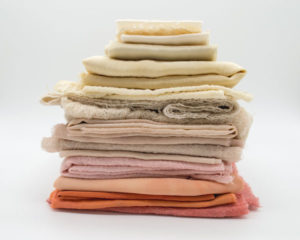
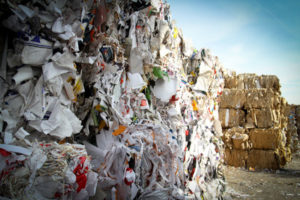 Most H&M stores have a clothing recycling collection bin. You can read the full details of their commitment to recycling fabrics and what they do with the items.
USAgain has textile recycling bins in the Denver area where you can drop off clean textiles. Click here to find a bin location.
American Textile Recycling Service has donation bins around the area, find locations here.
Eco-Cycle CHaRM (Center for Hard-to-Recycle Materials) in Boulder accepts any clean fabrics one square foot or larger for recycling. The full material list and drop off hours are available on their website.
Star Industrial Supplies in Denver accepts fabric and clothing that can be resold, reused, or donated. They recycle more than 97% of the textiles they accept and send clothing around the world to be worn again. I could not find donation information on their website, but you can contact them at (303) 295-7737.
The Broomfield Recycling Center offers textile fabric for Broomfield residents, but check your local recycling center for recycling details.
Most H&M stores have a clothing recycling collection bin. You can read the full details of their commitment to recycling fabrics and what they do with the items.
USAgain has textile recycling bins in the Denver area where you can drop off clean textiles. Click here to find a bin location.
American Textile Recycling Service has donation bins around the area, find locations here.
Eco-Cycle CHaRM (Center for Hard-to-Recycle Materials) in Boulder accepts any clean fabrics one square foot or larger for recycling. The full material list and drop off hours are available on their website.
Star Industrial Supplies in Denver accepts fabric and clothing that can be resold, reused, or donated. They recycle more than 97% of the textiles they accept and send clothing around the world to be worn again. I could not find donation information on their website, but you can contact them at (303) 295-7737.
The Broomfield Recycling Center offers textile fabric for Broomfield residents, but check your local recycling center for recycling details.

